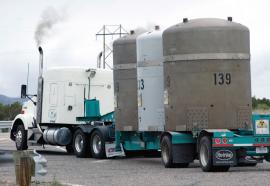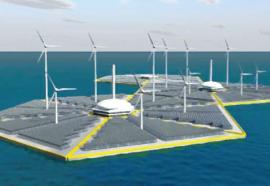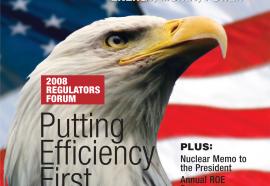Twist and Sulk
A fearful economy cries for industry leadership.
Many utilities have trimmed their capital spending in the face of economic weakness and regulatory uncertainty. At the same time, strong energy sales have boosted cash flow and profits. Backed by regulated returns and clear resource plans, the industry should step up infrastructure investments. Are we ready to lead America out of economic malaise?







